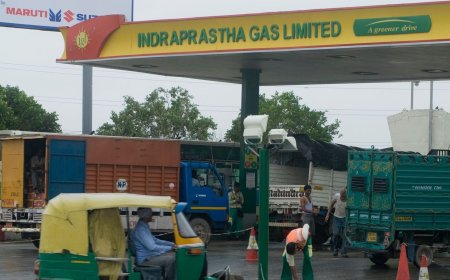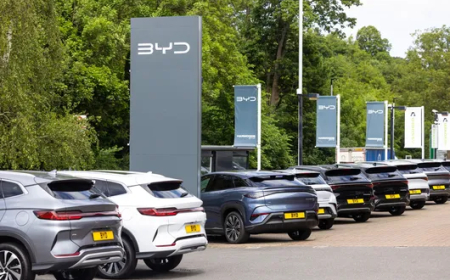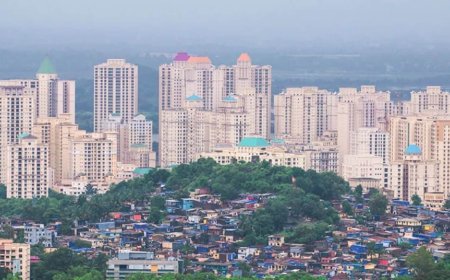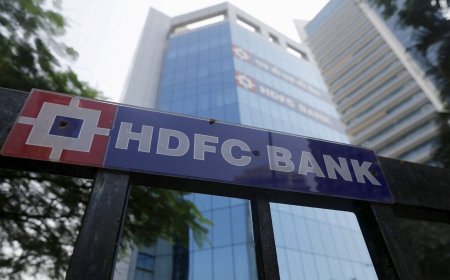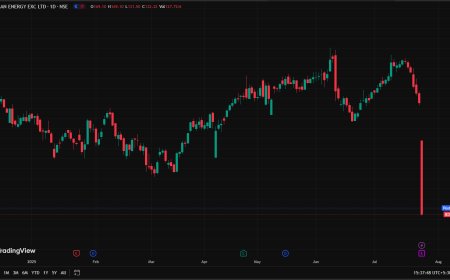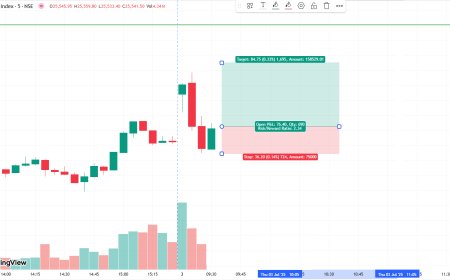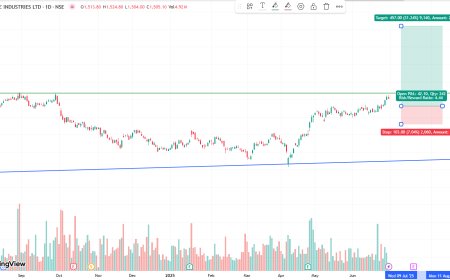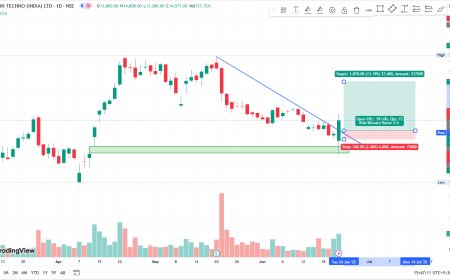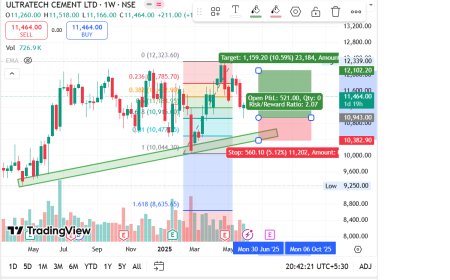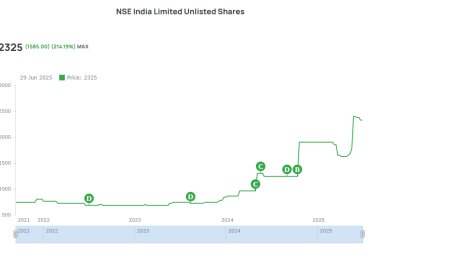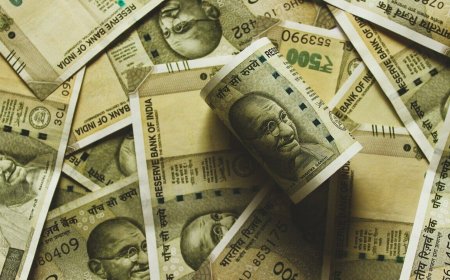South India’s Wealth Can’t Drive Car Sales as North, West Outpace in Growth
Despite higher per capita incomes, car sales in South India remain sluggish compared to booming demand in North and West India. What's fueling the regional divide?
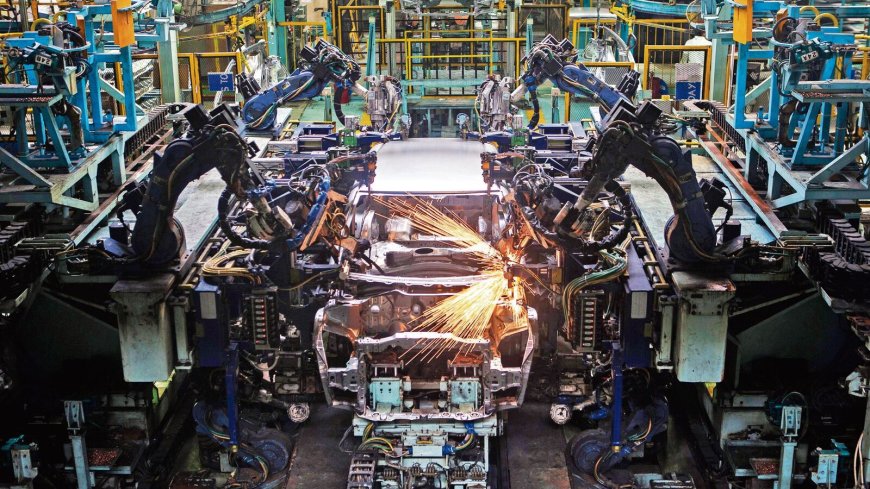
Rich South India Struggles to Buy Cars While North and West States Surge Ahead
Introduction: A Surprising Imbalance in Car Sales
In a country as diverse as India, regional economic dynamics often defy logic. One such paradox is currently unfolding in the automobile market. Despite South India boasting higher per capita income, better road infrastructure, and a more urbanized population, it is North and West India that are powering ahead in car sales growth.
The phenomenon is not just statistical noise—it’s a structural shift in the consumer pattern that automobile giants like Maruti Suzuki, Hyundai, Tata Motors, and Mahindra are increasingly acknowledging in their sales strategy. While demand in southern metros like Bengaluru, Chennai, and Hyderabad is tapering, Tier-2 and Tier-3 cities in Uttar Pradesh, Rajasthan, Gujarat, and Maharashtra are driving the bulk of new car registrations.
The Numbers: Regional Car Sales Tell a Different Story
According to data from SIAM (Society of Indian Automobile Manufacturers) and regional transport offices (RTOs), the following patterns are emerging:
-
In FY24, North India accounted for over 32% of total passenger vehicle sales, a sharp rise from 27% in FY21.
-
West India’s share rose to 29%, up from 25% during the same period.
-
South India, once a dominant car-buying hub, saw its contribution slip from 34% in FY21 to just 28% in FY24.
States like Uttar Pradesh, Madhya Pradesh, Rajasthan, Gujarat, and Maharashtra are clocking double-digit growth in new car registrations, while Tamil Nadu, Karnataka, Andhra Pradesh, and Kerala are reporting low single-digit growth or even stagnation.
Per Capita Income ≠ Car Ownership
This skew raises a fundamental question—why is the wealthier South not buying more cars?
Let’s examine the paradox:
-
Karnataka and Tamil Nadu have per capita incomes of ₹2.8 lakh and ₹2.7 lakh respectively, well above the national average.
-
Uttar Pradesh and Bihar, in contrast, hover around ₹1.2 lakh and ₹1 lakh, yet their vehicle sales are rising sharply.
It appears that income isn’t the sole driver of automobile demand. Cultural, demographic, and infrastructural factors are increasingly shaping car ownership decisions.
Urbanization and Public Transport: A South Indian Strength, and a Car Sales Deterrent
Southern cities have invested heavily in public transport and have better connectivity, which ironically reduces the necessity for private vehicles.
-
Bengaluru has expanded its metro network rapidly and promotes work-from-home policies in tech firms.
-
Chennai offers a suburban rail system, buses, and metro options.
-
Kerala has the highest vehicle density per kilometer already, leading to congestion and disincentivizing new purchases.
In contrast, North and West India, especially in Tier-2 towns like Agra, Varanasi, Kota, Udaipur, Nashik, and Aurangabad, suffer from poor public transport. As a result, car ownership is not a luxury but a necessity.
Demographic & Cultural Shifts: North and West’s Rising Aspiration
Younger consumers in northern and western states are aspirational first-time buyers. Many in these regions are entering the middle class for the first time, and for them, buying a car is a definitive social milestone.
In contrast, Southern metros are seeing a post-materialistic trend, where the younger generation is opting for shared mobility, electric scooters, or simply avoiding ownership due to parking hassles and high fuel costs.
Moreover, the culture of multi-generational living in the North often justifies buying a second or third vehicle, while in the South, nuclear families and conscious living habits are more prevalent.
Affordability Challenges in South India
It may sound ironic, but the cost of car ownership in South India is significantly higher than in the North.
-
Fuel prices are higher in South Indian states due to steeper VAT and levies.
-
Road tax and registration charges in states like Karnataka and Kerala are among the highest in the country.
-
Insurance premiums are also costlier due to higher declared vehicle values in urban pockets.
All of these contribute to making car ownership a more expensive proposition, even for a relatively affluent southern consumer.
OEM Strategy Shift: More Dealer Expansion in the North & West
Automobile manufacturers have started realigning their dealership expansion plans based on these demand trends.
-
Maruti Suzuki has added 60% of its new showrooms in FY24 in North and West India.
-
Tata Motors has launched new compact SUV campaigns targeted at Hindi-speaking belt audiences.
-
Hyundai and Kia, originally dominant in the South, are now pushing deeper into Rajasthan, Gujarat, and Madhya Pradesh.
Industry insiders reveal that ad campaigns, pricing models, and even car variants are being localized to suit North Indian preferences such as higher ground clearance, more boot space, and larger families.
Infrastructure and Road Availability: A North and West Advantage
Contrary to the stereotype, many northern and western cities now have wider roads, better parking, and newer highways, making car usage more convenient.
Projects like the Delhi–Mumbai Industrial Corridor (DMIC), Bharatmala, and expressway connectivity in Uttar Pradesh have enhanced road travel convenience, further boosting the need for personal mobility.
Meanwhile, densely populated southern metros struggle with narrow lanes, parking issues, and high traffic congestion, discouraging car ownership.
Rise of Entry-Level Cars and SUVs: A Rural and Semi-Urban Pull
The biggest demand spurt in North and West India is coming from entry-level cars and compact SUVs, priced under ₹10 lakh.
-
Maruti’s Brezza and Fronx
-
Hyundai’s Exter
-
Tata’s Punch
-
Renault’s Kwid
These models are flying off the shelves in UP, Bihar, Rajasthan, and Gujarat due to their low maintenance, fuel efficiency, and rugged design.
South Indian consumers, by contrast, are moving toward premium hatchbacks, electric scooters, or abstaining from vehicle ownership altogether in favor of ride-hailing.
GST and Taxation: Policy Tilt That Impacts Demand
The taxation structure in states also plays a hidden role:
-
Road tax and RTO charges in Tamil Nadu, Karnataka, and Kerala are disproportionately high.
-
States like Uttar Pradesh and Gujarat offer incentives or lower registration fees for women buyers and electric vehicles.
This encourages volume-based purchases in the North and West, while dissuading new buyers in the South.
Expert Insights: Market Analysts Speak
“Car ownership in North India is moving from aspiration to utility, while in the South it’s increasingly being replaced by conscious alternatives,”
— Prashant Kumar, Senior Analyst, CRISIL.
“OEMs are witnessing a fundamental demand axis shift. The Hindi belt is no longer a laggard—it’s now the growth epicenter,”
— Kavitha Rao, Auto Sector Consultant, EY India.
Future Outlook: What’s Next for Regional Car Markets?
As India moves toward a $5 trillion economy, regional car market dynamics are likely to further diverge:
-
Expect more SUV launches tailored for North Indian terrains
-
Electric vehicle (EV) sales may rise in South India due to eco-consciousness and infrastructure
-
Manufacturers will increasingly use data-driven regional targeting, customizing sales pitches and dealership models
Moreover, the 2025 Union Budget and proposed scrappage policy rollouts could provide new incentives, especially for small and mid-sized car buyers—predominantly from Tier-2 and Tier-3 cities.
A Tale of Two Indias
India’s automobile market is clearly experiencing a geographic rebalancing. While South India continues to lead in terms of income, education, and urban infrastructure, the growth engine for car sales has decisively shifted north and west.
This emerging trend is not just a footnote—it’s a market reality that will shape supply chains, pricing models, dealership strategies, and ultimately, the future of mobility in India.
For the Indian auto sector, the road ahead might just be longer and more exciting in cities like Kanpur, Indore, Jaipur, and Nagpur than in Bengaluru or Kochi.
What's Your Reaction?
 Like
0
Like
0
 Dislike
0
Dislike
0
 Love
0
Love
0
 Funny
0
Funny
0
 Angry
0
Angry
0
 Sad
0
Sad
0
 Wow
0
Wow
0

